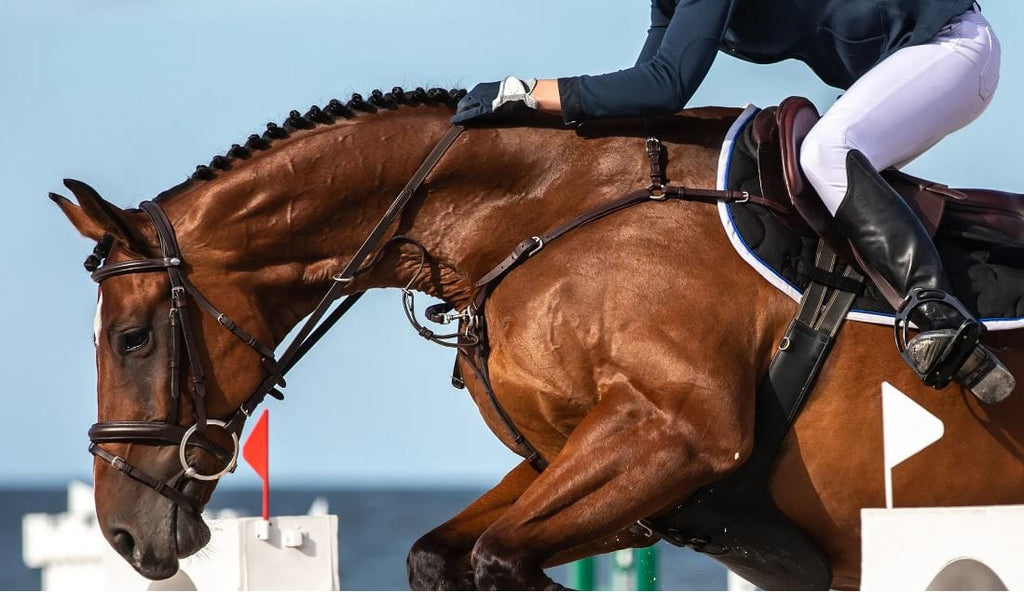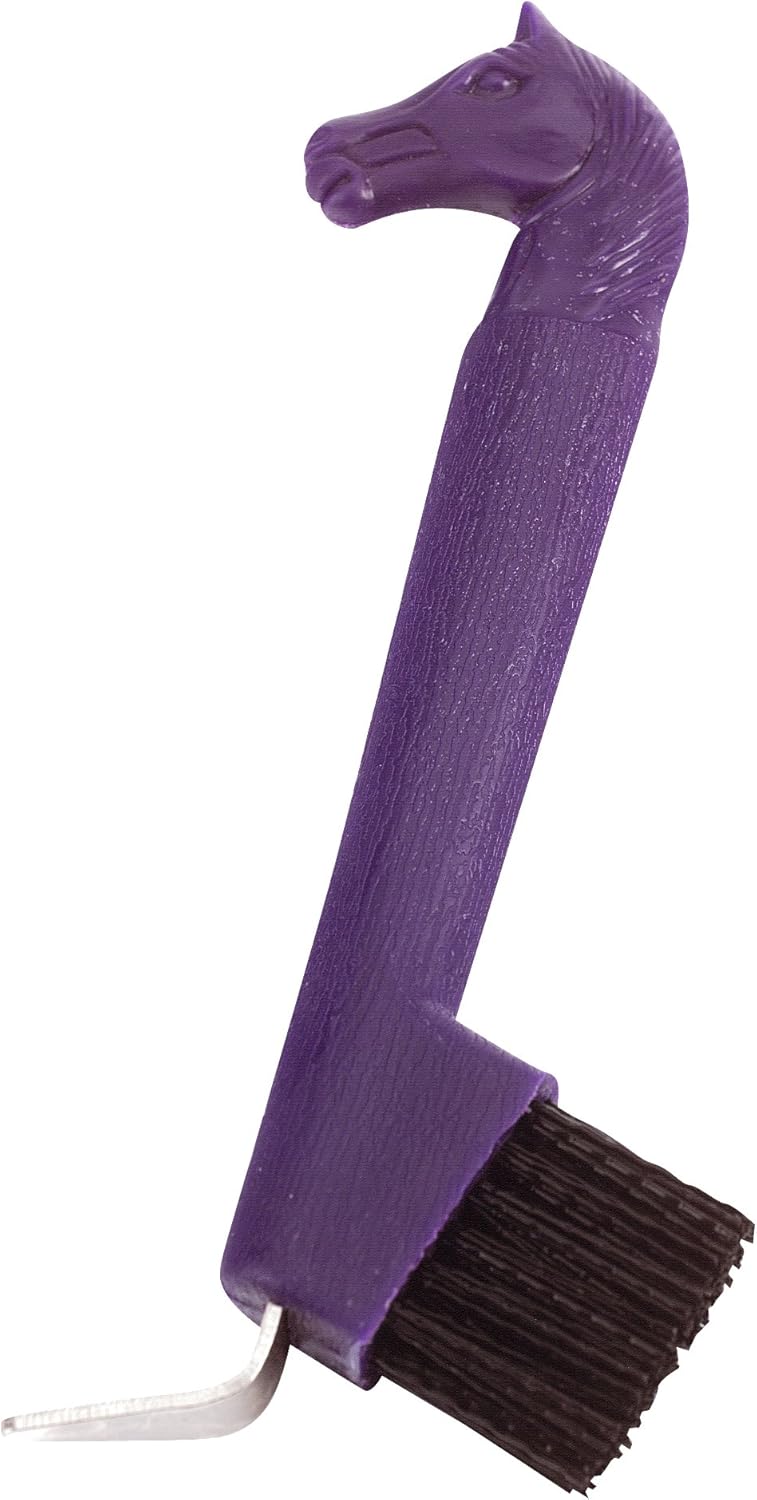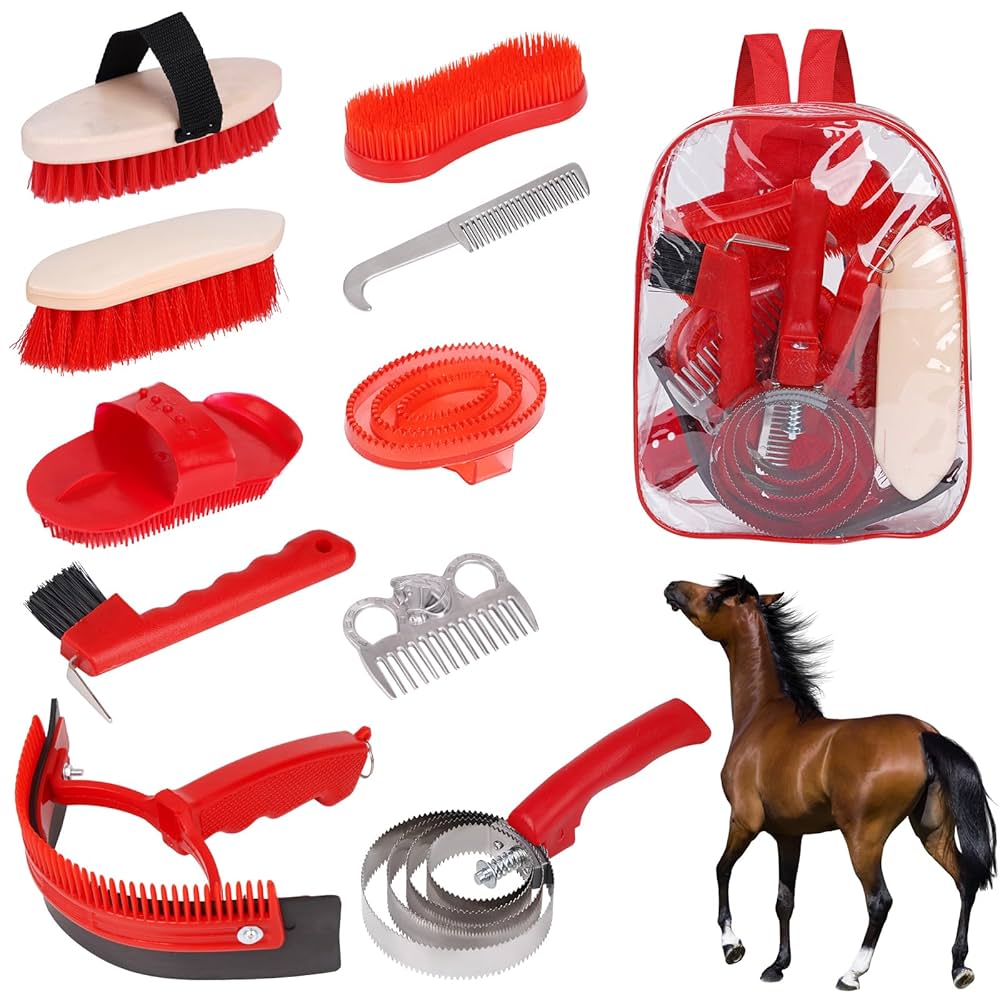Horse Equipment and Barn Management

Managing a horse and its environment requires a blend of the right equipment and effective barn management practices. This article explores essential horse equipment, barn setup, and maintenance tips to ensure the health and happiness of your equine companions.
Essential Horse Equipment

Proper equipment is crucial for the safety, comfort, and performance of horses. Here’s a detailed list of common horse equipment:
| Equipment | Purpose | Notes |
|---|---|---|
| Saddle | Provides a seat for the rider | Various types: English, Western, Dressage |
| Bridle | Controls the horse via reins and bit | Includes headstall, bit, and reins |
| Halter | Used for leading and tying the horse | Usually made of nylon or leather |
| Lead Rope | Attaches to halter for leading or tying | Should be strong and durable |
| Grooming Kit | Brushes, hoof picks, and combs for cleaning | Essential for daily care |
| Blanket | Keeps horse warm in cold weather | Different weights for seasons |
| Fly Mask | Protects horse’s eyes and face from insects | Lightweight and breathable |
Additional Equipment
- Leg Wraps and Boots: Protect legs during riding or transport.
- Feed Buckets and Water Troughs: Ensure proper nutrition and hydration.
- Stable Tools: Pitchforks, shovels, and wheelbarrows for cleaning and maintenance.
Barn Management
Effective barn management is vital for the well-being of horses and the efficiency of daily operations.
Barn Setup
- Stall Design: Spacious stalls with good ventilation and safe flooring.
- Lighting: Adequate natural and artificial lighting for safety and comfort.
- Storage: Organized areas for tack, feed, and equipment.
Daily Maintenance
- Cleaning: Regular mucking out of stalls to prevent disease.
- Feeding Schedule: Consistent feeding times with balanced nutrition.
- Health Checks: Daily observation for signs of illness or injury.
Safety Measures
- Fire prevention plans and accessible emergency exits.
- Proper fencing and secure gates to prevent escapes.
- Safe storage of chemicals and equipment.
Frequently Asked Questions (FAQ)
Q1: How often should I clean my horse’s stall?
A: Ideally, stalls should be cleaned daily to maintain hygiene and prevent respiratory issues.
Q2: What type of saddle is best for beginners?
A: Western saddles are often recommended for beginners due to their comfort and stability.
Q3: How can I protect my horse from flies?
A: Using fly masks, sprays, and keeping the barn clean helps reduce fly problems.
Q4: What are the signs of a healthy horse?
A: Bright eyes, shiny coat, regular appetite, and normal behavior are good indicators.
Conclusion
Investing in the right horse equipment and maintaining a well-managed barn are key to ensuring your horse’s health, safety, and happiness. Regular care, proper tools, and a clean environment create a positive experience for both horse and owner.
Would you like me to help improve the clarity or add more detailed sections on horse nutrition or barn safety?
